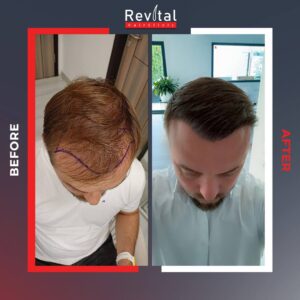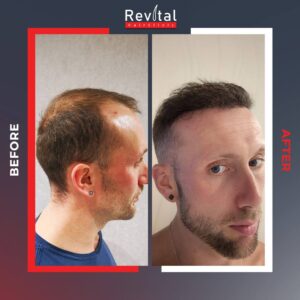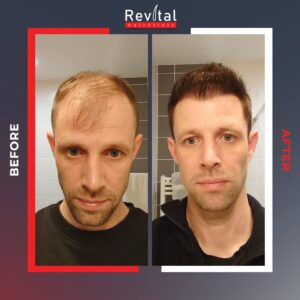Beard Transplant
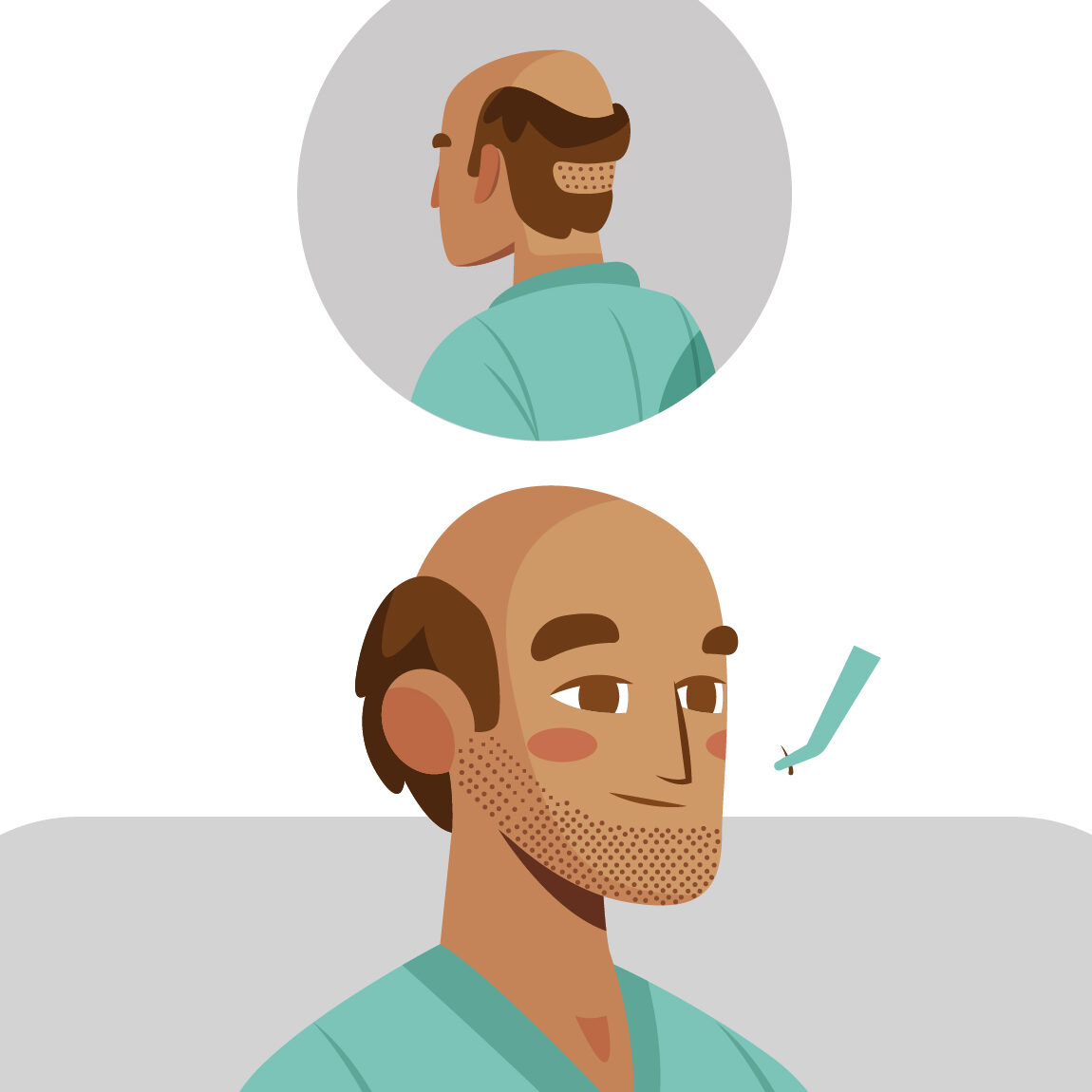
In recent years, the demand for beard and moustache transplantation has increased considerably. This operation is performed by transplanting hair follicles from the hairy areas to areas with sparse or no hair in the beard and moustache area of men.
The majority of beard transplantation requests come from patients with root problems such as sparseness or irregular distribution of beards. In addition, people who prefer the 1-2 day stubble look or who want to lengthen their sideburns may also consider beard transplantation to complete their missing or irregular beards. In other words, this operation is suitable for both those who have no beard and those with sparse beard.
How Is Beard Transplantation Performed?
Beard transplantation, like hair transplantation, aims to create a person's beard by transplanting hair follicles taken from another part of the body to the problematic areas in the beard area. This method can be successfully applied to people who have never grown a beard and people with a sparse beard.
Since local anaesthesia is used during the beard transplantation process, no pain is felt. Since FUE and DHI techniques are used in beard transplantation as in hair transplantation, the procedure is performed in a very comfortable way. With these techniques, hair follicles taken from areas that are not prone to shedding are transplanted to the beard area.
If the person to undergo beard transplantation has regional beard loss, the environmental beard frequency is evaluated and a suitable transplantation plan is created accordingly. In cases where the beard is completely missing, the operation is performed by adjusting the limit and density according to the person's request.
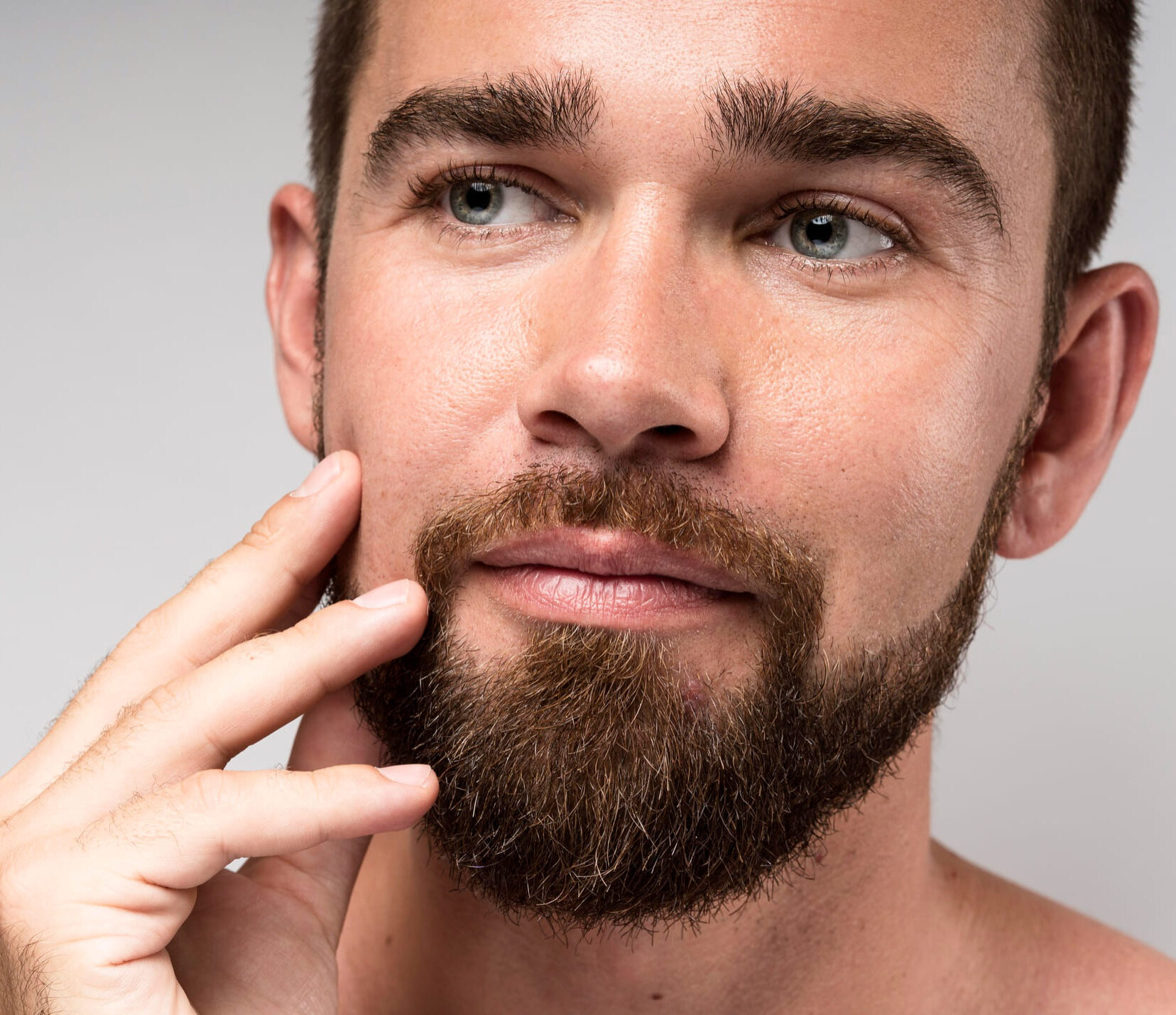
Techniques Used
There are two different hair transplantation techniques used for beard transplantation: Direct Hair Root Transplantation (DHI) and Follicular Unit Extraction (FUE). Both techniques involve removing individual grafts (follicular units) from the donor area at the back of the head and transplanting them to the desired area on the face.
The DHI technique involves the surgeon removing individual hair follicles and then transplanting them one by one to the desired areas with an instrument called Choi Pen immediately after removal.
In the FUE technique, after removing the hair follicles one by one, the surgeon makes micro incisions in the target area and places the previously collected hair follicles in these incisions.
Both techniques are mild procedures and do not cause pain as they are performed under local anaesthesia. Beard transplantation techniques do not require relatively large incisions or stitches, so the recovery time is short. By talking to your surgeon about your desired beard density and shape, you can create your dream beard hair transplant plan. If your donor area is suitable, you can take steps to have the lush and well-groomed beard you want.
Beard transplantation offers a permanent and lifelong solution. After the procedure, some shedding of the beard can be observed, usually within 3-4 weeks. The shedding process takes a maximum of 3 months. However, this shedding is a normal part of the procedure and is expected. New hair follicles replace the shed beards and the beard area reaches the desired result in a process lasting approximately 6 months. The growth of all transplanted beards continues for up to 12 months. After this stage, there is no shedding again and a permanent result is obtained.
A suitable candidate for beard transplantation must have healthy hair follicles in the back of the head, called the ‘donor area’. If you have strong and healthy hair follicles in the donor area, you are probably a suitable candidate for this procedure. Our medical specialists will ask you some questions and review your medical history to assess whether the surgery is suitable for you.
During the procedure, the first step for harvesting the grafts usually involves shaving the donor area. If the hair in the donor area is already short, there is no appearance problem that will affect your daily life. Local anaesthesia is applied to ensure maximum comfort during the operation and the grafts are carefully collected in an environment suitable for transplantation. The surgeon then carefully inserts each graft individually at the angle and position required to provide the most natural beard appearance. In this way, the beard transplant procedure can usually take 3-5 hours.
Revital Hair Clinic © 2024




